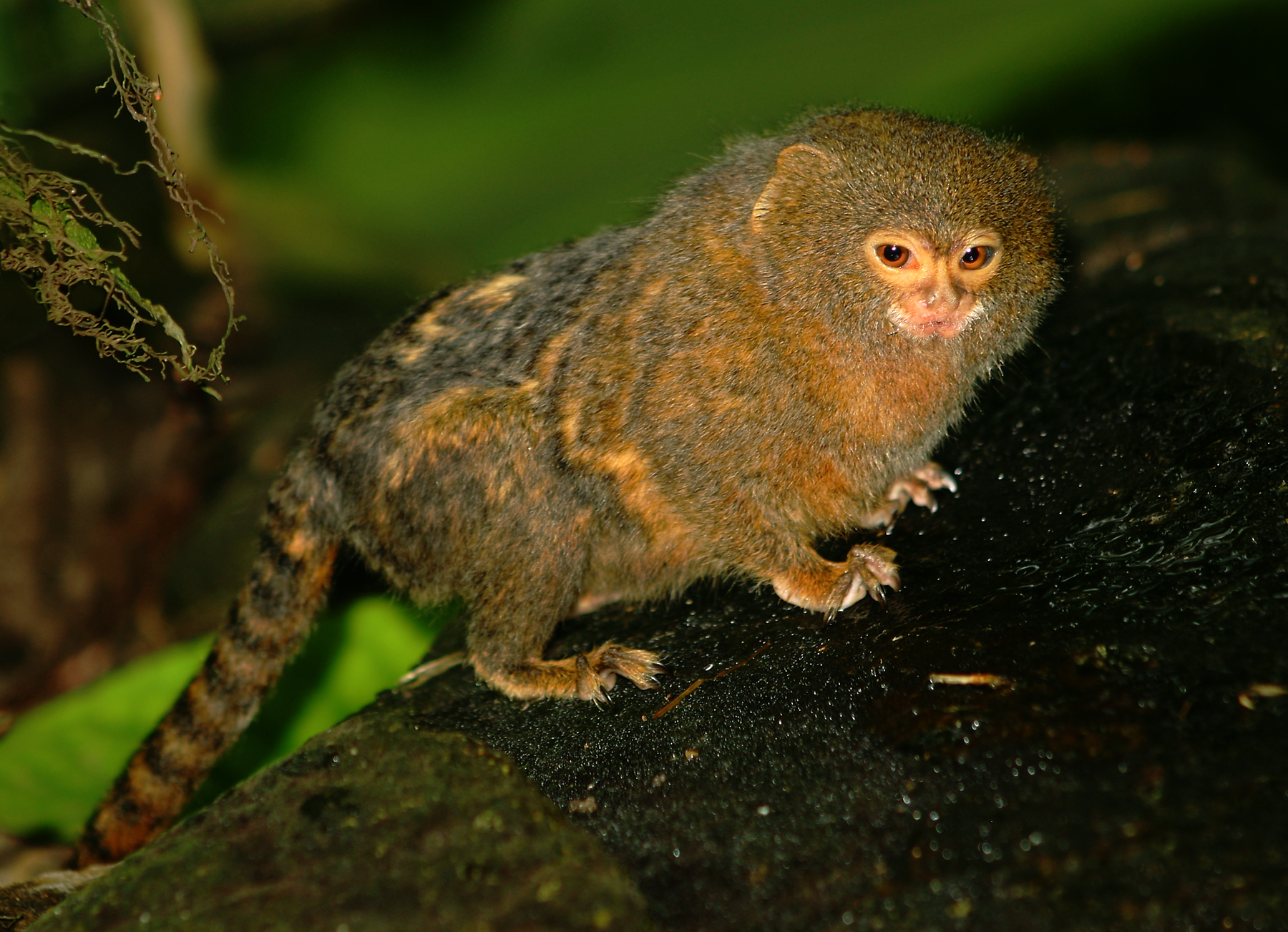The Smallest Fossilized Monkey Ever Is the Size of a Hamster
Credit to Author: Becky Ferreira| Date: Mon, 29 Jul 2019 13:57:55 +0000
The smallest monkey in the fossil record was discovered in the Peruvian Amazon, according to a new study. The new species of monkey weighed about as much as a hamster, and lived 17 to 19 million years ago.
A team of American and Peruvian scientists led by Richard Kay, an evolutionary anthropologist at Duke University, identified the monkey from its tiny fossilized tooth, which is about the size of a sand grain.
The tooth, a molar, was embedded in the river bank of the Río Alto Madre de Dios in southeastern Peru, and is part of a trove of fragmented fossils excavated during the team’s three expeditions to the area since 2016. The researchers named the species Parvimico materdei, or “tiny monkey from the Mother of God river,” and its tooth is currently stored at the Instituto de Paleontología in Piura, Peru.
The team described the fossil monkey in a study published on Tuesday in The Journal of Human Evolution, calling the animal a representation of “a wholly original and hitherto unknown Amazonian fauna.”
P. materdei is by far the smallest monkey fossil ever found, the researchers said, and is second only the pygmy marmoset in pint-sized adorable-ness. The pygmy marmoset is a 100-gram primate that lives in the Amazon Basin, and is the smallest monkey known to science even after the new fossil discovery.

Though the exact size and body shape of P. materdei is not known, the team estimated that it was smaller than the average silvery marmoset, a living monkey that grows to a height of about eight inches. That means the extinct monkey was around the same size as a common hamster, in addition to having a similar body mass to these domesticated rodents.
But “other than this animal being very small, we cannot say anything about what it may have looked like,” Kay told VICE.
Based on its molar, Kay and his colleagues speculated that the monkey fed on fruits and insects.
P. materdei belongs to the platyrrhine family of New World monkeys, which are descendents of African monkeys that crossed the Atlantic Ocean and colonized South America some 40 million years ago. Scientists think platyrrhines were able to complete this voyage with the help of an ancient land bridge, or perhaps by rafting across the ocean between the continents.
Reconstructing the evolutionary past of platyrrhines is complicated by a lack of tropical monkey fossils recovered from the period between 13 and 31 million years ago, which is a gap P. materdei has now helped fill in.
“We look for fossils where the sedimentary conditions and rock exposures are best and that is generally outside the tropics,” Kay said. “So, it is like the drunk looking for his keys—he looks under the lamp post because that is where he can see, but that isn’t where the keys are likely located.”
Kay’s team are currently on another expedition to find more primate fossils that may shed more light on the mysterious history of New World monkeys.
Update: The article has been updated with comments from the study’s lead author, Richard Kay.
This article originally appeared on VICE US.